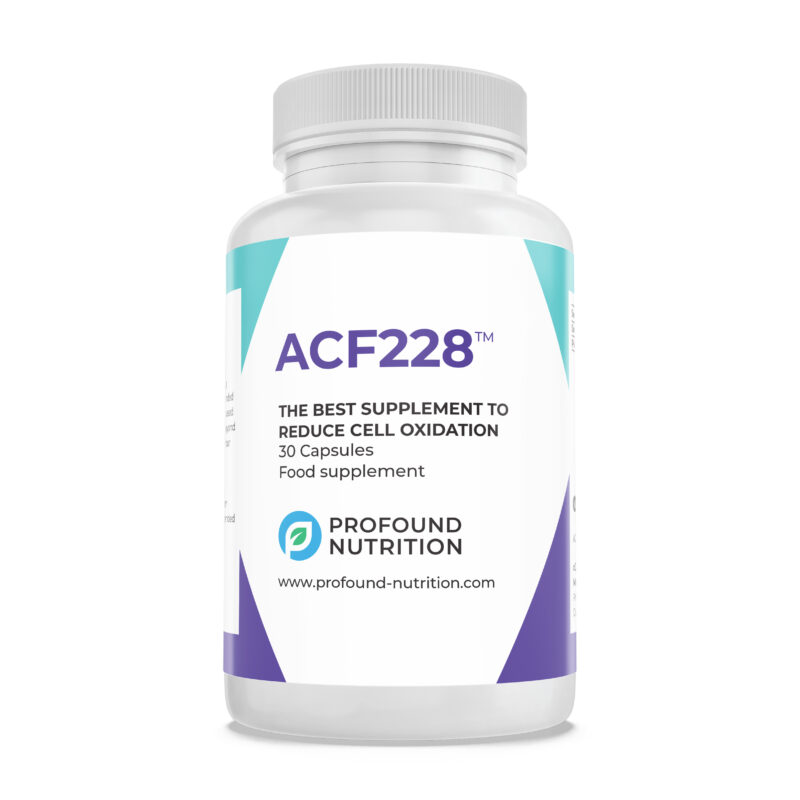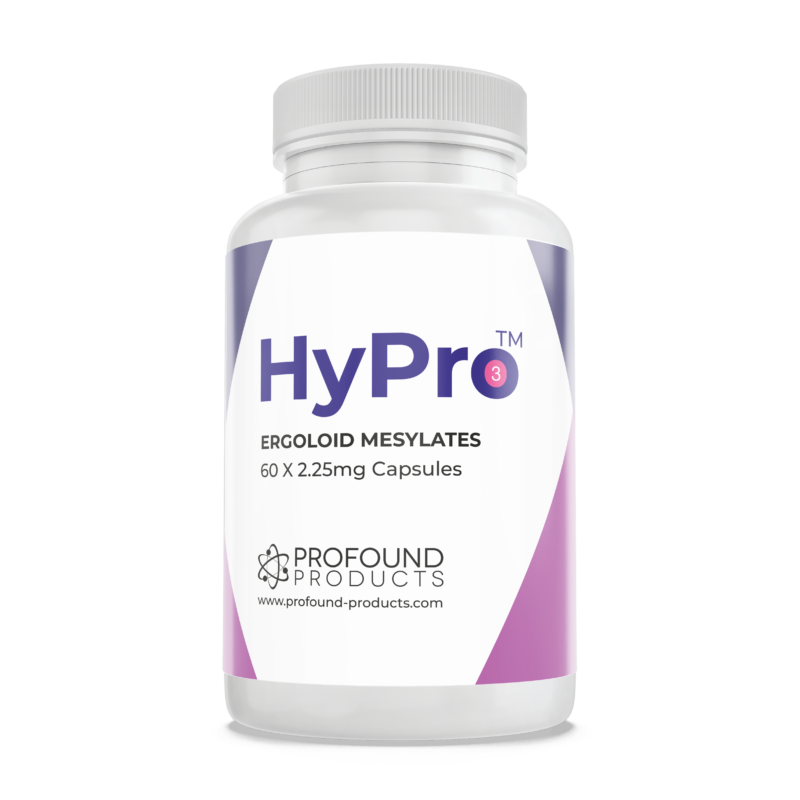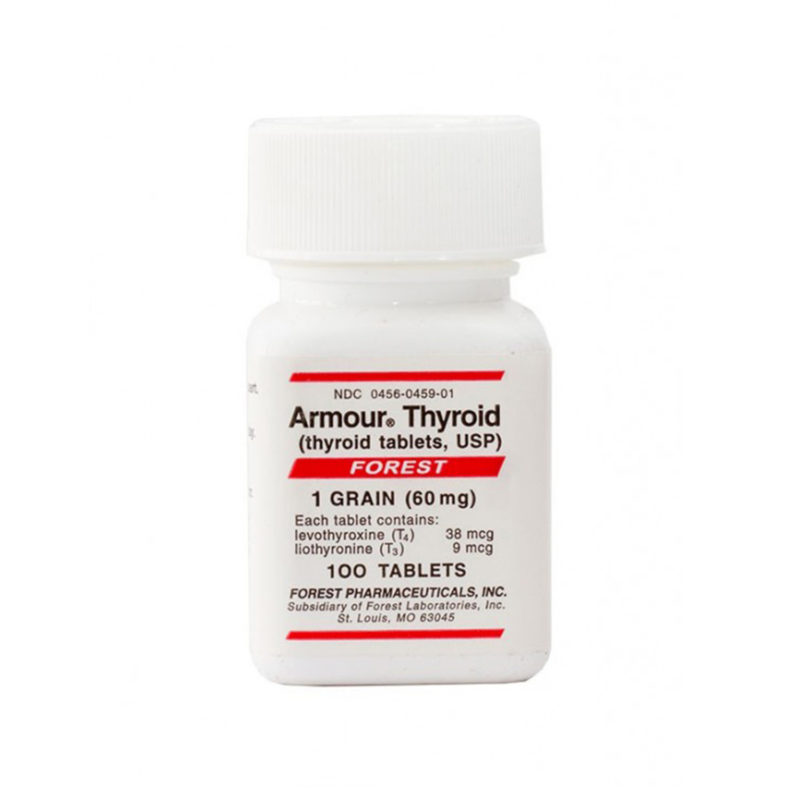The Nuts and Bolts of Aging Part Five
Step Up and Be Counted, There’s a Medical Revolution Going On
Recently, a neighbor asked me about the flood of TV ads every night for testosterone (Testo). “What happened to the idea that testosterone causes prostate cancer?” he asked.
I patiently explained that old ideas about testosterone causing cancer have recently been overturned by Prof. Abraham Morgentaler of the Harvard School of Medicine. Unfortunately, in 1941, Dr. Charles Huggins postulated that prostate cancer was caused by testosterone on the basis of only one eunuch patient! Since then, doctors have mistakenly believed that testosterone must be ablated (chemical castration) in order to prevent prostate cancer. However during the last twenty years, Prof. Morgentaler has proven that testosterone is beneficial, even in cancer patients! The medical community has finally stood up and taken notice to these significant advances in male (and female) health. Indeed, testosterone replacement helps to prevent loss of muscles (sarcopenia) and cardiovascular disease, especially in men, but also in women.
I explained further to my neighbor that this overturn of conventional medical thinking is just part of a medical revolution slowly evolving in the United States – a revolution largely unknown to many, including your general practitioner, and to the reporters of your daily newspaper.
“I don’t entirely believe you,” replied my neighbor, skeptically. “Tell me more about this medical revolution.”
“Simple!” I said. “Are you aware of other medical theories that have been overturned during the last twenty years?” I quipped. “For example, between 1943 and the 1990s the medical community assumed that the most prevalent bacteria in the intestine were E. coli. This was wrongly assumed in 1943, after a scientist tested the intestinal bacteria of humans on an open lab bench, and E. coli was the most prominent bacteria, since it is aerobic and requires atmospheric oxygen. However, during the 1990s, when intestinal bacteria in an enclosed environment were tested for both aerobic and anaerobic (non-oxygen requiring) bacteria, five other anaerobic bacteria were found to be more prevalent that E. coli. Thus, a second incorrect assumption about basic biological medicine was overthrown (Beyond Fiber®, Digestif™, Quinton®, Dr. Gordon’s organic greens®).
Third, until about 1995, it was generally assumed that smoking and stress caused stomach ulcers. Around that time, two prominent Australian researchers discovered that a simple bacterium, helicobacter pylori, was instead responsible for ulcers (1st Line, Digestif™). Then, in 2005, these two researchers were awarded a Noble Prize in Medicine for their wonderful discovery. However, the medical community was extremely slow in accepting this new information and consequently many people suffered needless operations and stomach pain. Indeed, during 1995, I remember arguing with a professor and head of the department of microbiology. He stated adamantly that his doctor friends at the exalted Mayo Clinic had repeatedly told him that the theory of bacteria causing stomach ulcers was bunk! “Something wacko from the alternative medical crowd,” they were overheard saying.
Fourth, the new medical specialty of anti-aging or age-management medicine did not really exist until fifteen years ago, when it was finally realized by my forward-thinking medical colleagues that many of the causes of aging result from hormone deficiencies. Upon accepting overwhelming evidence that hormone deficiencies cause aging and the diseases of aging, some medical schools have even begun to teach anti-aging medicine.
In consequence, when I converse with young medical students about the causes of aging, they take it for granted that a strong correlation exists between aging and hormone deficiencies. On the other hand, older medical doctors are often perplexed by this revolutionary idea, and they often dismiss it out-of-hand since they didn’t study it in medical school many decades ago. I think it strange that these new ideas, which are obvious to me, to my forward-thinking colleagues, and to young medical students, are readily dismissed by many in the old-guard medical establishment.
My conclusion from these four stories, and others, is that medicine is changing very rapidly, and we should be questioning many medical practices that will perhaps end up in the trash can of medical history. In particular, consider the fact that most physicians’ knowledge of preventative medicine dates back to the 70s and 80s. If you doubt this statement, please ask your doctor which preventative steps he or she recommends, besides what was known 25 or more years ago, namely: stop smoking, take regular exercise, and eat a healthy diet. Their ignorance may surprise you.
Medicine is changing dramatically, and those who don’t change with it are destined to acquire unnecessary diseases and pre-mature aging.
Forward Thinking into the Future:
Vitamin PC, the Structural Building Block of All Cells
Parts one through four highlighted many of the nutrients, hormones, and peptides used by anti-aging medicine to prevent or even reverse some aspects of aging. Presently, I would like to describe an emerging nutrient essential for good health and a good night’s sleep, especially for those patients using hormone replacement therapy. That essential nutrient is called ‘phosphatidylcholine’ or PC, and structurally it makes up around 85% of all cell membranes, including its close cousin molecule, phosphatidylserine. Since PC is critical to health and aging, I have arguably named it ‘vitamin PC.’
How Vitamin PC Functions
I would like to describe PC without engaging the reader in an elementary course of organic chemistry. If some readers reject this dumbed down explanation, I refer them to Wikipedia.
The PC molecule contains a ‘zwitteron’ which means that it carries both positive and negative electrical changes on the molecule. In addition, it has one end that is hydrophilic (water loving) and one end that is lipophilic (oil-loving). All of these unique properties allow the molecule to be transported across cell membranes and into the interior of cells in order to interact with other vital substances critical to cell function*. In other words, vitamin PC has ready access to all cells and their internal workings throughout the human body.
Second, PC is an essential building block to all our cell membranes. However, because of aging or radiation (ACF228), or chemical attack or free-radical attack (ACF228), these building blocks in our cell membranes become damaged. Following this damage, especially in aging, the body has splendid repair mechanisms for replacing damaged PC with fresh, undamaged PC [1]. Indeed, these splendid repair mechanisms are highly dependent upon sufficient amounts of nutrients, such as magnesium and CoQ10, and hormones, such as master hormones HGH, IGF-1, hydrocortisone, Armour® thyroid, testosterone, estradiol, etc.
Why I Recommend Supplementing with Phosphatidylcholine
It is well known that the human body replaces itself approximately every seven years. Thus, an ongoing process of catabolism of our cells, bone, and tissue breaks down the old and allows new formation (anabolism). The hormone hydrocortisone, causes much of the catabolic break-down; on the other hand, new cell formation is largely caused by anabolic hormones such as DHEA, testosterone, estradiol, HGH, IGF-1, etc. However, the formation of new cells requires new building blocks such as magnesium, CoQ10, multiple vitamins, fatty acids, miscellaneous anti-aging nutrients (ACF228), and most importantly, supplemental phosphatidylcholine or PC. Indeed, when PC is supplemented, the following health enhancements occur [1, 2]:
- Enhanced memory performance of an aging brain.
- Improved gastrointestinal function by mucosa restoration.
- Activation of liver and kidney function, metabolism, and detox.
- Better balanced lipids, resulting in improved cholesterol mobilization.
- Improved coronary, peripheral, and cerebral blood flow.
- Corrective balancing of cellular membrane components, especially phospholipids and cholesterol.
- Improved neuronal function due to decreased rigidity of neuronal membranes.
- Restored skin function and health due to improved fatty acid and phospholipid balance.
- Restored bile function due to improved fatty acid and phospholipid balance.
- Reduced peroxidative reactions that are further reduced with ACF228™.
- Positive cytoprotective effects upon the brain and central nervous system.
Rebuilding the Body by Revving it Up With Hormones …
I consider PC to be a key building block in the restoration of an aging body. Thus, hormone replacement therapy may not work as efficiently as expected without PC supplements. The explanation for this phenomenon is simple: I strongly believe that supplemental building blocks such as PC and hormones, e.g. DHEA, are essential for the seven-year rebuilding and recycling of our bodies. PC is a critical missing piece of the anti-aging therapeutic puzzle, and it should be included in any serious anti-aging program.
*Other examples of fast-transporting molecules with zwitterons are ordinary water (H2O) and DMSO (dimethyl sulfoxide), which carry slightly negative and positive charges at different locations on their molecules.
References
1. Gropper, SS. et al. (2009) Advanced Nutrition and Human Metabolism, fifth edition, Wadsworth-Cengage Learning Publ., Belmont, CA.
Vance, DE. (1989) Phosphatidylcholine Metabolism, CRC Press, Boca Rattan, FL.



